118 CD / French String Quartets
Description
"Far too good just to have as background music: this is utterly superb string quartet art. You have surely not heard these French treasures played with more sensitivity or clarity." (Stuttgarter Zeitung) "The Auryn Quartet plays these works with such sovereign ease that in places they sound positively casual. But don't let this fact give any impression of complacency on the part of the players - rather the performances reveal a certain aristocratic elegance that serves these works particularly well. (...) Another winner from this small but almost invariably excellent label." (classics today)
9 reviews for 118 CD / French String Quartets
You must be logged in to post a review.

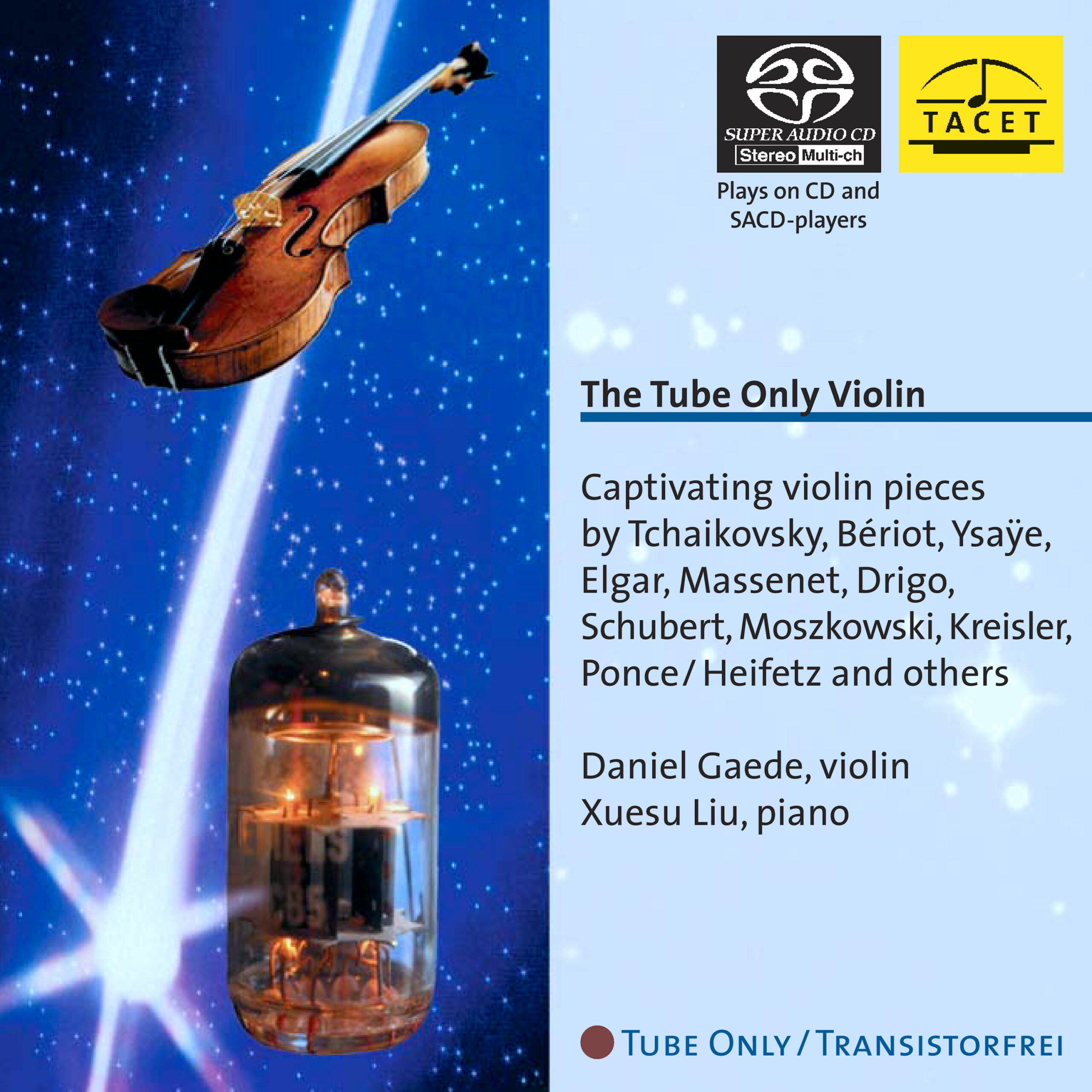
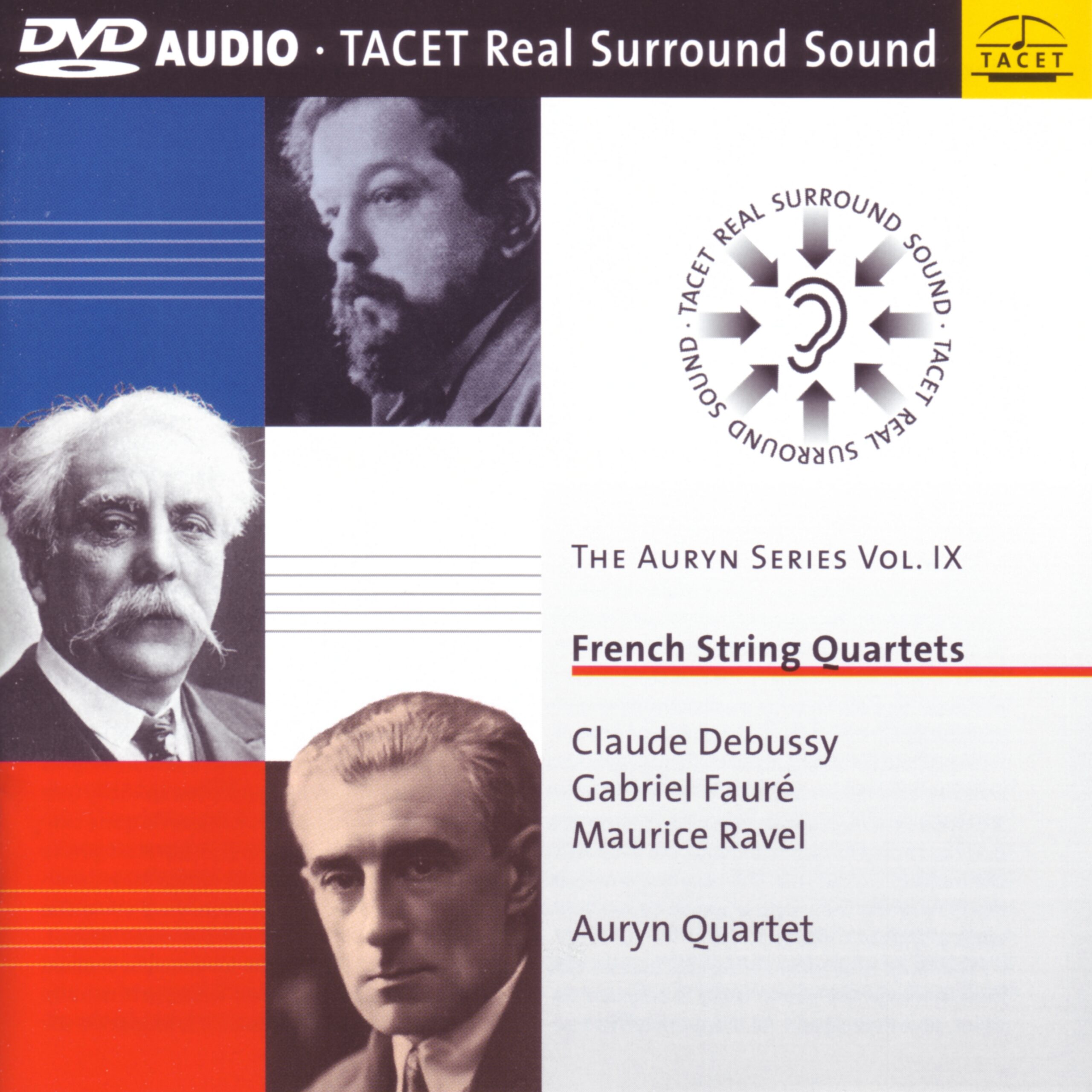
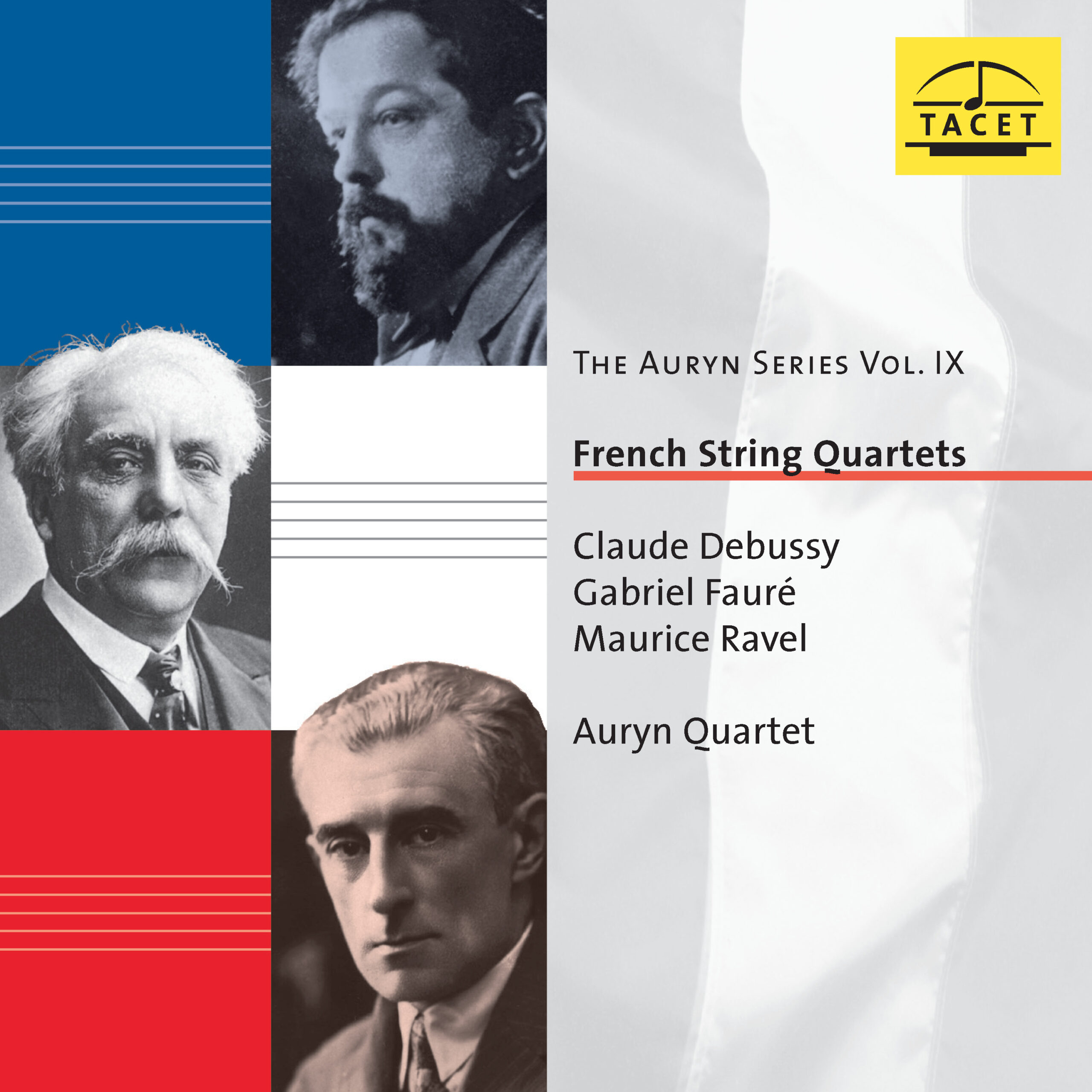
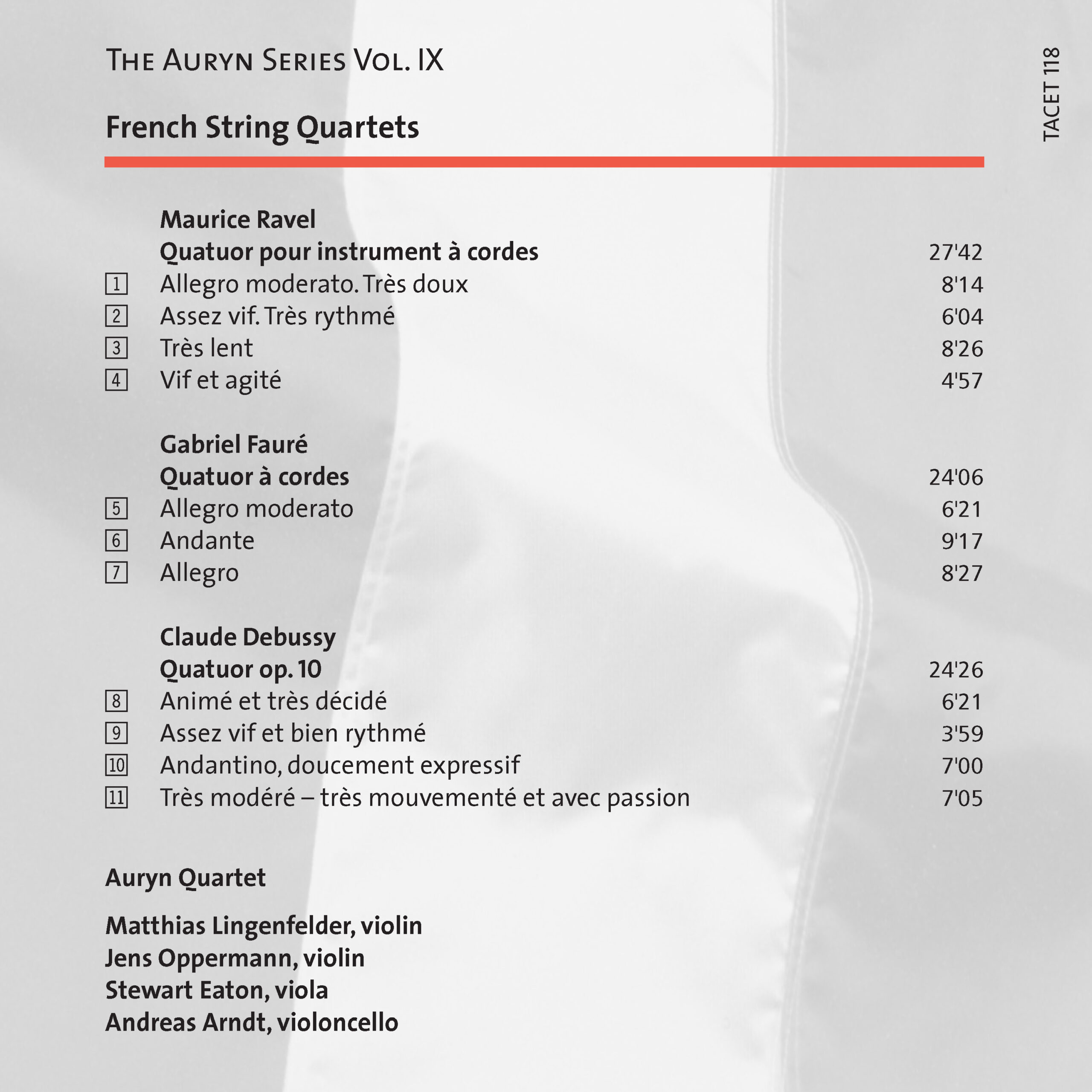


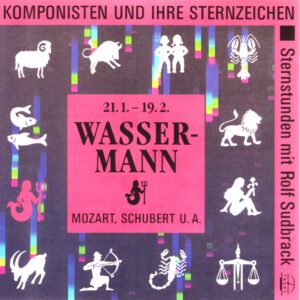
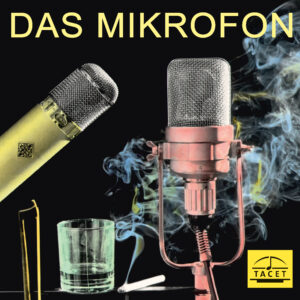
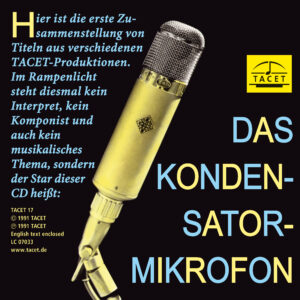
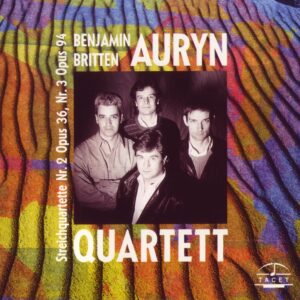
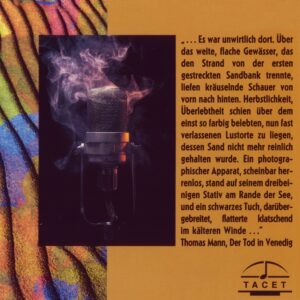
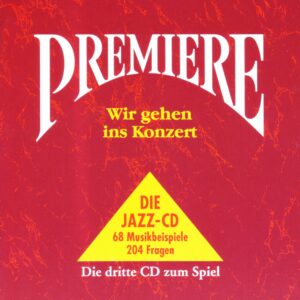
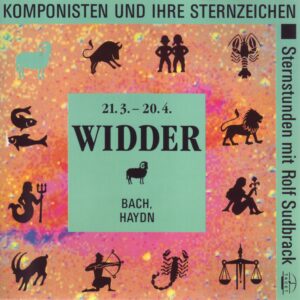
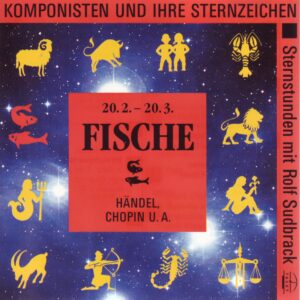
ResMusica.com –
The Jewels of the French Quartet
This is the first recording of French music by the German Auryn Quartet, which takes its name from the amulet said to have the power of giving intuition to those who wear it! Active since 1981 and under contract with the Tacet label since 1990, the quartet had until now devoted itself almost exclusively to the German repertoire: Haydn, Beethoven, Schubert, Schumann, and Mendelssohn. With their new album bringing together the three French masters of the early 20th century—Debussy, Ravel, and Fauré—the Auryn Quartet affirms the eclecticism of its tastes and its ability to approach very different worlds with remarkable sensitivity and stylistic mastery.
(...) Written in 1893, Debussy’s quartet was premiered at the Société Nationale de Musique by the Quatuor Isaÿe. While it follows the four-movement model built on a single generative motif, Debussy radically renews the genre by granting timbre and texture a value in themselves, independent of any thematic stakes. With precision of line and fine rhythmic poise, the members of the Auryn Quartet bring the texture to life and exalt its colors with youthful verve and a luminous sound that radiates throughout the first movement. After a scherzo with whimsical character, they give the sound sensuality and warmth in the Andantino, flexibility and fiery ardor in the final movement, which Debussy marked 'very animated and with passion.' It is certainly this shared passion and this raw sensitivity that the Auryn Quartet communicates to us in this beautiful recording, whose superb sound quality must also be praised.
Michèle Tosi
______________________________________
Original Review in French language:
Les joyaux du quatuor français
C′est le premier enregistrement de musique française que réalise le quatuor allemand Auryn, qui emprunte son nom à l′amulette ayant le pouvoir de donner de l′intuition à ceux qui la portent ! A l′œuvre depuis 1981 et en contrat avec le label Tacet depuis 1990, le quatuor s′était jusque-là consacré presque exclusivement au répertoire allemand : Haydn, Beethoven, Schubert, Schumann et Mendelssohn. Avec son nouvel album réunissant les trois maîtres français du début du XXe siècle – Debussy, Ravel et Fauré – le Quatuor Auryn affirme l′éclectisme de ses goûts et sa capacité à appréhender des univers très différents avec une sensibilité et une maîtrise stylistique remarquables.
(…) Ecrit en 1893, le quatuor de Debussy est crée à la Société Nationale de Musique par le Quatuor Isaÿe. S′il se conforme au modèle en quatre mouvements qu′il construit sur un même motif générateur, Debussy renouvelle radicalement le genre en accordant au timbre et à la texture une valeur en soi dissociée de tout enjeu thématique. Avec une précision du trait et une belle cambrure rythmique, les membres du Quatuor Auryn donne vie à la texture et exalte ses couleurs avec un élan juvénile et une sonorité lumineuse qui irradie tout le premier mouvement. Après un scherzo aux allures fantasques, il donne à la sonorité sensualité et chaleur dans l′Andantino, flexibilité et ardeur flamboyante dans le dernier mouvement que Debussy note “ très mouvementé et avec passion „. C′est certainement cette passion commune et une sensibilité à fleur de peau que nous communique le Quatuor Auryn dans ce très bel enregistrement dont il faut saluer par ailleurs la qualité de prise de son.
Michèle Tosi
Pforzheimer Zeitung –
In their recording series with TACET, the Auryn Quartet has now turned to music from France. They combine the quartets of Claude Debussy and Maurice Ravel with the relatively little-known one by Gabriel Fauré (TACET 118). Here, too, the quartet impresses not only with its high level of artistry, but also with its sense of proportion and transparency. The recording technique captures the refined quartet playing with a sound both soft and precisely contoured, and even in these three French quartets the ensemble resists the temptation to mix colors too indiscriminately. The luxuriant always remains in balance with the guiding intellect.
tw
Stuttgarter Zeitung –
Far too good for mere background listening: this is string quartet artistry at the very highest level. Rarely, if ever, have these French gems been performed with such sensuous sound and such finely nuanced detail.
Frank Armbruster
Pizzicato –
At TACET, the ninth installment of the Auryn Quartet’s recordings has appeared: the ensemble plays the quartets of Maurice Ravel, Gabriel Fauré, and Claude Debussy. The disposition of the players around the listener has a most unusual effect, as the music presses in on the body, seizes it; one sits at the very center of the musical action and is attacked from all sides. The vibration is felt physically, spreading tangibly through the body. But that is not all: the ears also bathe in a sea of magical colors of the most refined culture. The Auryn Quartet plays with superior sensual sensitivity, creating soundscapes of sometimes painful beauty. Especially in Debussy’s quartet, the opalescent impressions of sound can be savored all the more luxuriantly in surround. The music, as the Auryns understand it, is not solely pervaded by morbidity. Common to all three interpretations in the fast movements is a driving impulse, a visionary quality that marked the aging and ailing Fauré as much as the young Debussy or the melodically flowing Ravel. Since Debussy’s work closes the program, its strikingly affirmative final measures declare nothing less than the overcoming of the inexplicable. The cosmos of music has released us. We stand once again on solid ground. Thank you, dear Auryns, for such intensity!
Klassik heute –
With the CD French String Quartets, the listener encounters an absolutely professional production from the Auryn Quartet, released on the Stuttgart label TACET. Brought together on this disc are the classics of French quartet literature: the works in the genre by Claude Debussy (Quatuor g minor op. 10), Maurice Ravel (Quatuor pour instruments à cordes), and Gabriel Fauré (Quatuor à cordes E minor op. 121). Roughly equal in length, the compositions set very different emphases: virtuosity (Ravel), intimacy (Fauré), and richness of contrasts (Debussy). Each condenses into chamber-music form the intellectual currents of its time. The Auryn Quartet is perfectly attuned. Full-toned, the viola dictates the direction of interpretation in the “Très lent” of Ravel’s quartet. Otherworldly, the thirds unfold in layered texture. Meltingly, the treble sonority of primarius Matthias Lingenfelder crowns the tonal edifice. We also hear here the delicate mixing of recording producer Andreas Spreer, a true master of his craft. With ruggedly plucked strings, cellist Andreas Arndt strides toward solitary abysses. This is Ravel lived. Not mere display of virtuosity marks the finale “Vif et agité”: the listener perceives flashing signals, an impetuous assault against the surging tide. The three-movement Fauré Quartet in E minor op. 121, by contrast, presents itself at first with unspectacular restraint. The reason is clear: the work breathes the already-anticipated awareness of death of its composer, who was to complete the three movements less than two months before his passing. Fauré did not live to witness its premiere on 12 June 1925 in Paris. The central Andante is a Memento Mori written in Beethovenian tradition, a striking epitaph lasting 9 minutes and 17 seconds. Its seemingly endless melody spins on, wandering through registers that cause it to blossom forth but also to fade away. This is chamber music of the highest order!
Also included on the CD is Debussy’s g minor Opus 10. Here the playing is gripping, intense, wise, witty, mercilessly consistent, and of course absolutely immaculate in intonation. The Auryn Quartet here experiences the zenith of its career—most highly recommended!
Manuel Stangorra
Stereoplay –
The two quintessential French string quartets are complemented by the Auryns with the less frequently heard late work of the almost 80-year-old Fauré, written in 1923/24 – the youngest and, in a certain sense, the “oldest” of the three works. More conventional than Debussy and Ravel, Fauré’s writing is by no means covered with dust; rather, this music exudes the autumnal charm of a very personal search for lost time. A balance of form protects such melancholy from lapsing into plaintiveness, and the Auryn Quartet congenially captures the tone between objectification and personal sentiment with dynamics, strength, and careful attention to the inner voices. Their Debussy, too, is no pseudo-impressionistic shimmer, but breathes with solid contours and sovereign precision (only the agogic verve of the main theme, in its recapitulation, falls into a somewhat halting and overly meticulous articulation). And Ravel’s quartet sparkles with rhythms and colors which, precisely in the Auryns’ refusal to whitewash or exaggerate anything, unfold with striking effect.
M. Mezger
image hifi –
A meaningful coupling with historically interesting connections: Fauré wrote his late work in 1924, the year of his death, after a lifelong hesitation to tackle a quartet (Beethoven’s shadow reached as far as France). The younger Debussy completed his quartet in 1893, during the creative phase of the Prélude à l’après-midi d’un faune, at the age of 31. Ravel, Fauré’s composition student, took Debussy’s work as a model for his own quartet of 1902/03. In Debussy, the Auryn Quartet—despite Tacet’s phenomenal sound—does not achieve the almost too desiccated transparency of the La Salle Quartet, nor in Ravel’s youthful work the slightly careless nonchalance of the Quatuor de Genève. What they do offer instead are splendidly laid out, well-ordered color fields, the voices interwoven like the strands of a lush woven carpet, luxuriant—though never too cushioned. Conclusion: The Auryns captivate in Debussy and Ravel, but it is above all the rarely recorded Fauré quartet that makes this CD virtually unrivalled in terms of programming.
hg
Hessischer Rundfunk –
The possibilities for the four musicians are countless: for dynamic shading, flexible tempi, logical phrasing, and subtle tonal balancing; and finally, also for the possibilities (and dangers) of portamento, an often neglected technique, sometimes dismissed as mere effect-seeking, yet a crucial ingredient of all French string music (including this one). We hear the Auryn Quartet in the final movement of Claude Debussy’s String Quartet, Opus 10: “Très modéré – très mouvementé”, followed by the telling addition: “et avec passion”… …A stroke of luck for the Tacet label that they have this quartet under contract…
Gisela Walther
Classics Today –
The Auryn Quartet plays these works with such sovereign ease that in places they sound positively casual. But don′t let this fact give any impression of complacency on the part of the players--rather the performances reveal a certain aristocratic elegance that serves these works particularly well. In the Ravel, for example, note the purity of intonation in the unison octaves of the first movement′s second subject, or the finale′s almost insolent vitality. The Debussy, as befits its more passionate idiom, commands a correspondingly more dramatic approach, but never at the expense of the conversational quality that great quartet playing always preserves. The group′s give and take in the scherzo displays a particularly memorable species of relaxed charm, with the ensuing Andantino truly "doucement expressif", as the composer directs.
Fauré′s elusive late masterpiece conceals numerous harmonic surprises below its outwardly placid surface, a fact that the Auryn Quartet surely understands. Listen to the subtle but always impeccably clear voicing of the central Andante′s delicate web of lyrical polyphony, and to the players′ ability to float the rhythms of the concluding Allegro across the bar lines. In sum, these are performances of remarkable distinction and polish, captured in state-of-the-art sonics. Another winner from this small but almost invariably excellent label.
David Hurwitz